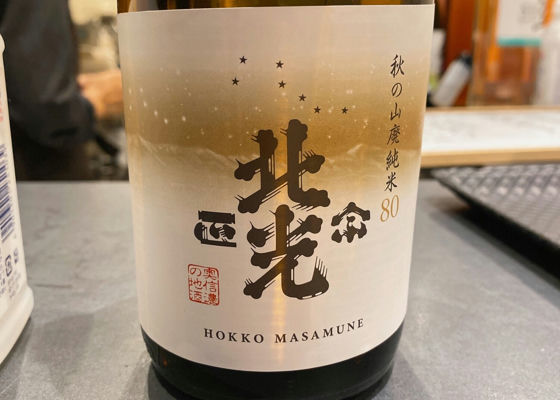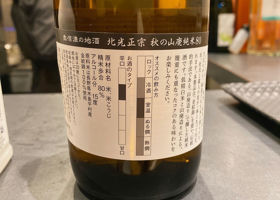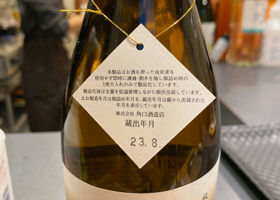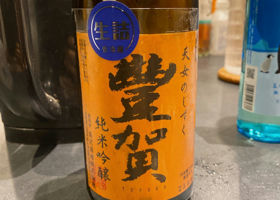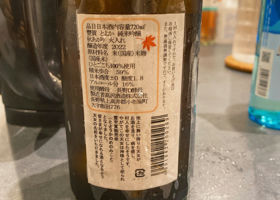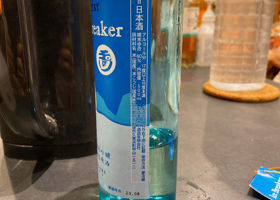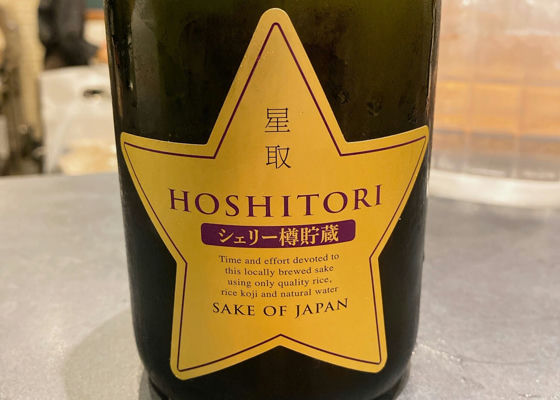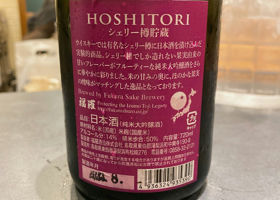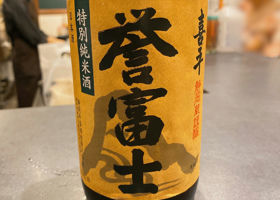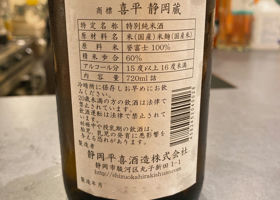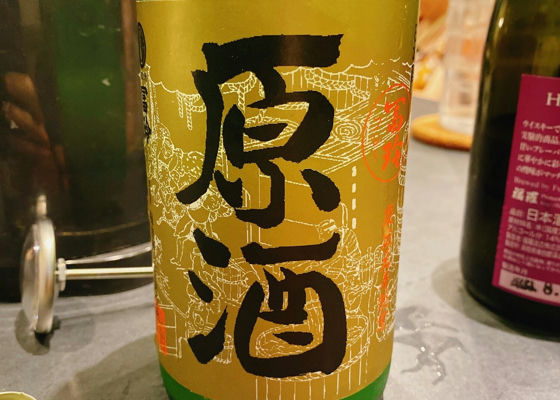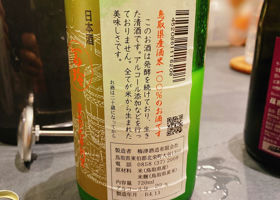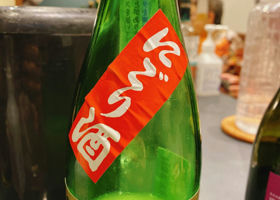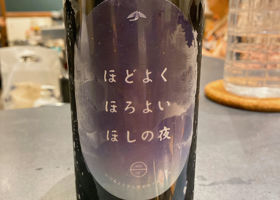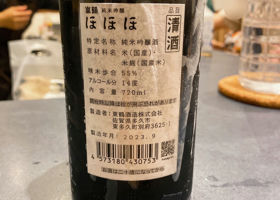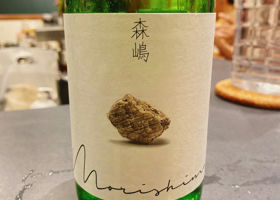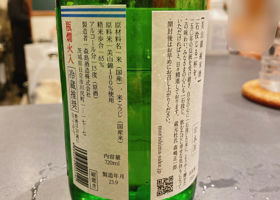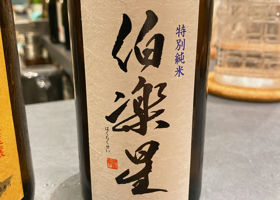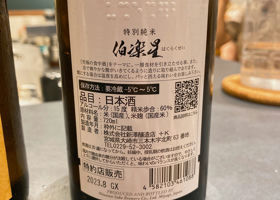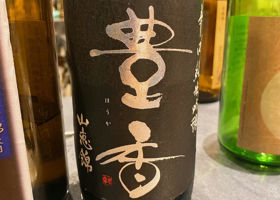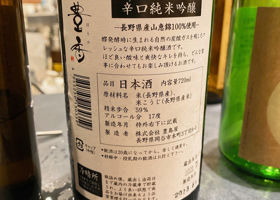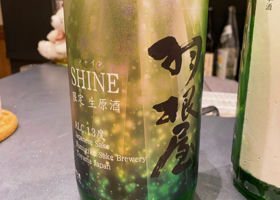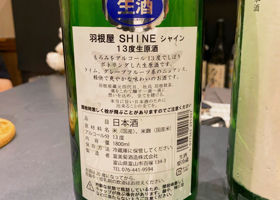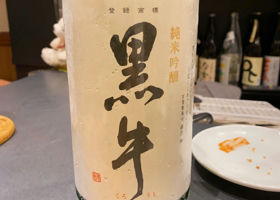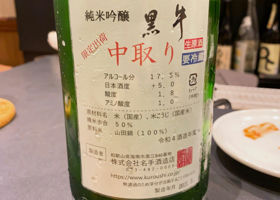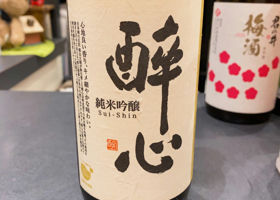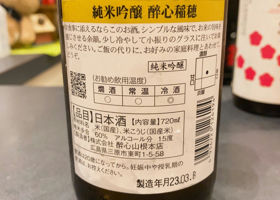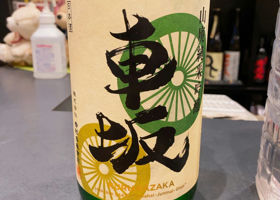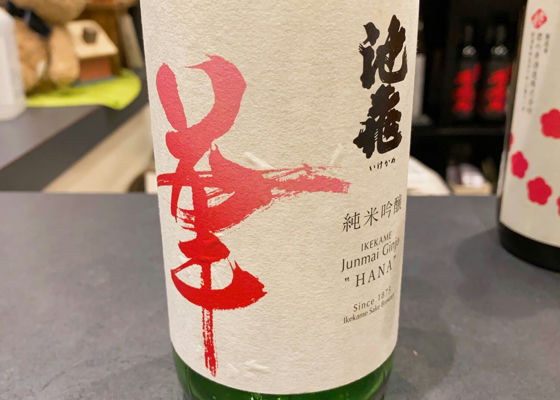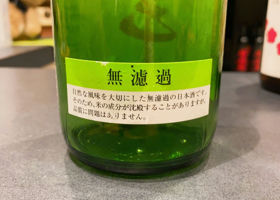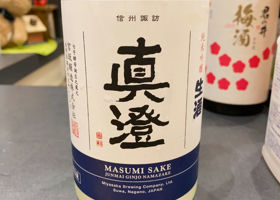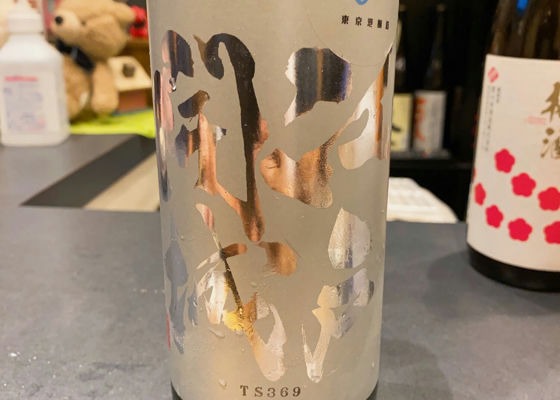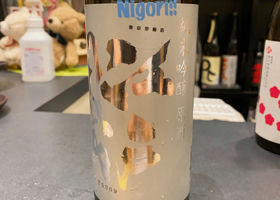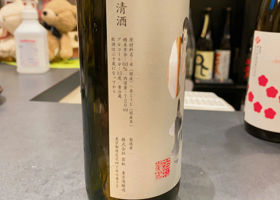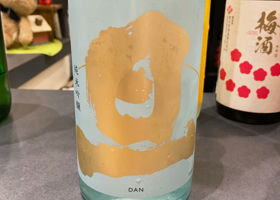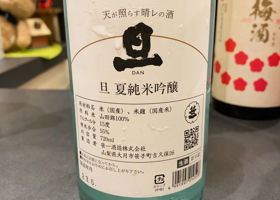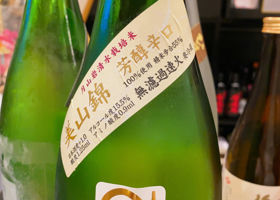Timeline
やす☆The taste is dry and crisp for a Yamahai autumn sake. In a good sense, it is not like 80% polished sake. やす☆It has a mellow flavor that is typical of autumn-aged wines, and has a good sharpness. やす☆It has a solid feel that is typical of Tamagawa. Good on the rocks, but not bad straight. やす☆Clear sherry fruitiness with a touch of acidity. It becomes more mellow when heated. やす☆It has a clear and moderate umami, giving the impression of a classical sake. The flavor opens up when warmed to lukewarm. やす☆The first nigori of Tomirei, R3BY, with a soft rice flavor due to its shwashy texture. やす☆It has a clear mouthfeel with a deep and juicy fruitiness. やす☆This is the first Junmai spec Morishima I have ever had. It was fire-aged, but still petit fresh. I didn't write down my impression of it, but I remember that it had a good umami and was well-balanced. やす☆Light, clear and refreshing. Hakurakusei is always easy to drink like water. やす☆Petit fresh and crisp with acidity. It gives the impression of a modern dry sake. やす☆Fresh, light. The back says grapefruit, but it felt like melon. やす☆It has a clear, refreshing flavor and goes up crisp and clean. A little alcohol taste in the aftertaste? やす☆The only note is that it is moderately tasty and sharp. やす☆It has a fresh and clean mouthfeel. The clear umami and crisp acidity give it a sharpness that is typical of Yamahai, but it is not too heavy and easy to drink. やす☆It has a clean taste with a hint of melon-like sweetness and umami, and has a good sharpness. Well-balanced. やす☆Clear and refreshing. Crisp and acidic. やす☆Impressive soft fruitiness reminiscent of muscat and melon. Is it Tenmei's style to make the turtle tail fruity? やす☆First Edo Kaijo. The mouthfeel is clear, with a soft graininess of nigori. やす☆The refreshing acidity is impressive. In general, the taste is light and refreshing, as is typical of summer sake. やす☆The first Hakuro Taruzu. The taste is clear and crisp, with a hint of soft sweetness towards the end. RecommendedContentsSectionView.title
